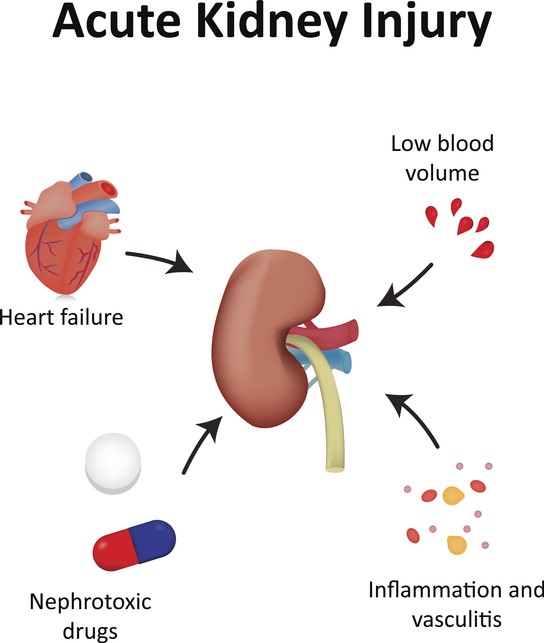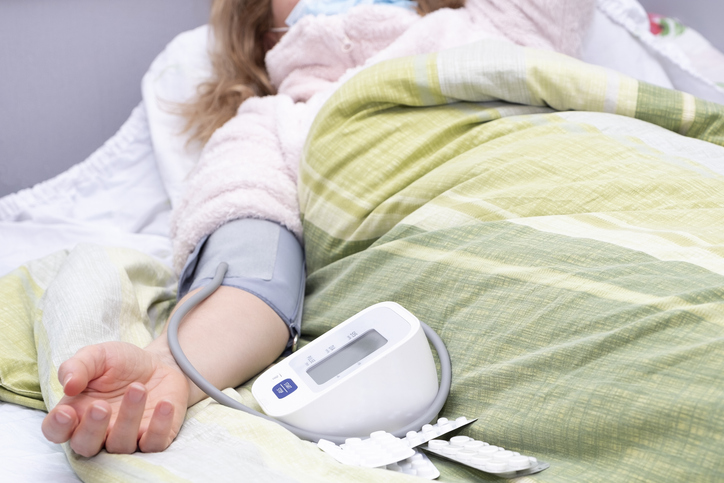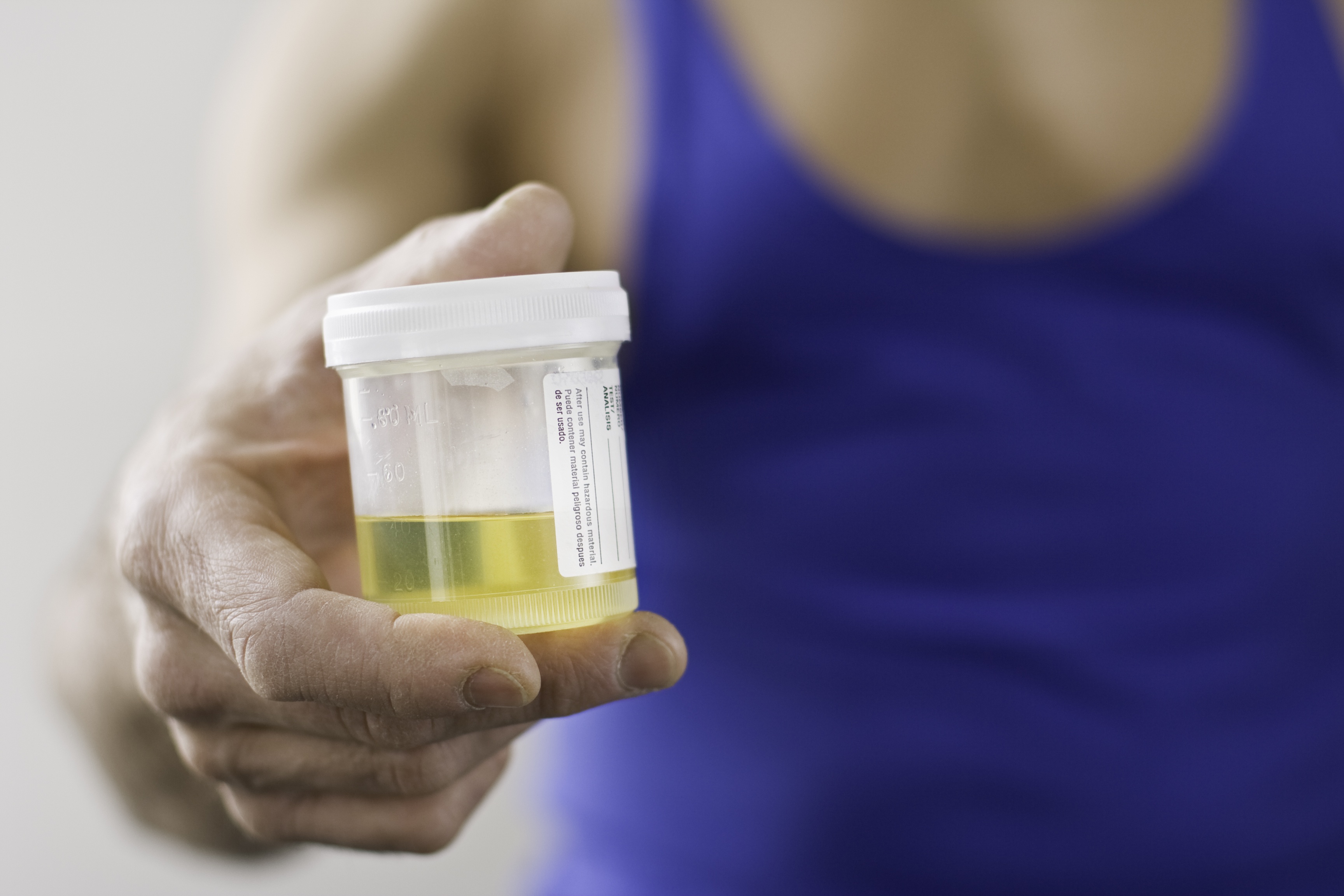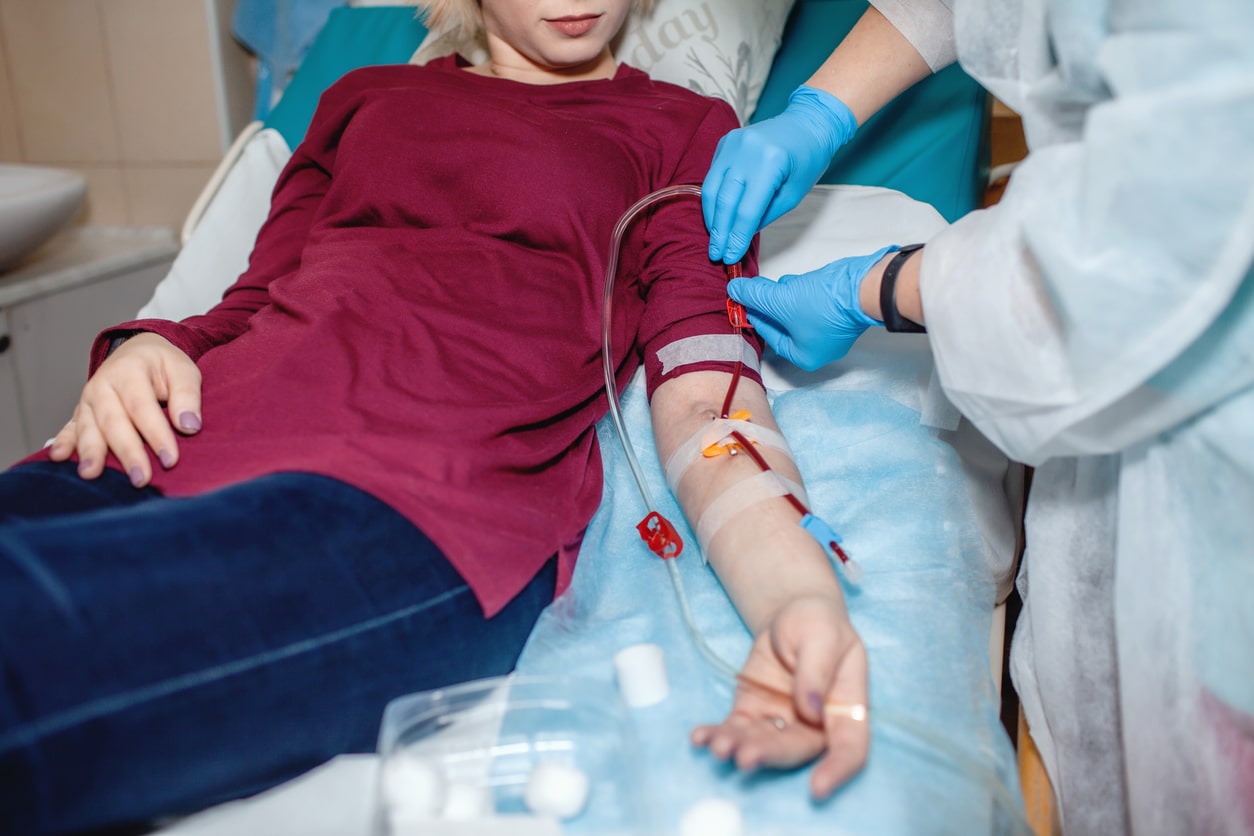
Acute kidney injury (AKI) is identified as a rise in serum creatinine and/or reduction in urine output as surrogate markers of reduced glomerular filtration rate. Beginning in 2012, criteria from the Kidney Disease: Improving Global Outcomes (KDIGO) Clinical Practice Guideline for Acute Kidney Injury have been the standard for defining and staging of AKI. The KDIGO definition includes oliguria, defined as urine volume <0.5 mL/kg per hour for 6 hours.
Because it is possible to detect AKI earlier using urine output (UO), results from a previous study suggested that UO can detect AKI 11 hours earlier than serum creatinine. There is no clear consensus on whether UO should be measured using consecutive hourly readings or mean output, making the KDIGO UO definition and AKI staging potentially inconsistent. Jennifer C. Allen and colleagues conducted a study to determine whether the incidence and staging of AKI is affected by the way in which UO is defined. Study results were reported online in BMC Nephrology [doi.org/10.1186/s12882-019-1678-2].
The researchers conducted a retrospective analysis of two single-center observational studies to investigate novel urinary biomarkers. The analysis included patients admitted to the cardiac intensive care unit following cardiac surgery or to a general intensive care unit (ICU) to determine whether differing methods of measuring UO affected the reported incidence of AKI, stratified by stage (stage 1-3). Serum creatinine was used as the gold standard of categorizing AKI.
The researchers analyzed data from 151 patients undergoing cardiac surgery and 150 patients admitted to the ICU. The cardiac surgery procedures were valve surgery (45%), coronary artery bypass graft (CABG; 30%), off-pump CABG (11%), combined valve and CABG (11%), aortic root surgery (2%), and other surgeries (1%). Of the 151 procedures, 62% were routine and 38% were urgent.
Of the 150 ICU admissions, 34% were medical, 21% were neurosurgical, 17% were trauma, 15% were elective surgical, and 14% were emergency surgical. Compared with patients admitted to the ICU, those in the cardiac surgery group were older (P<.001) and had a higher incidence of chronic kidney disease (P<.001) and other comorbidities. Smoking was common in both groups and approximately 50% had smoked at some time. The incidence of sepsis was significantly higher in patients in the ICU compared with those in the cardiac surgery group (27.3% vs 1.3%; P<.001).
There was significant variation in the incidence of AKI according to the definition of AKI used. Based only on serum creatinine/renal replacement therapy, 23.8% of the cardiac surgery patients developed AKI (all stages). In the ICU, using the same definition, 32% of the patients developed AKI. When the diagnosis included UO as well as serum creatinine, the AKI incidence increased significantly.
The largest effect was seen among the patients in the cardiac surgery group. The incidence of AKI in the cardiac surgery patients rose from 23.8% using serum creatinine alone to 39.8% using UOcons (hourly urine output where each consecutive hour met KDIGO criteria), and to 72.9% using UOmean (mean hourly output measured for every 6-, 12-, and 24-hour period). Among the patients in the ICU, there was a similar inflation of incidence of AKI, rising from 32% to 51.4% using UOcons and to 69.3% using UOmean.
When UO was used in combination with serum creatinine/renal replacement therapy to stratify AKI by severity, there was considerable change in the proportion of patients allocated to each stage among patients in the cardiac surgery group compared with the ICU group. In both clinical settings, using serum creatinine alone, stage 1 AKI was the most common category (15.9% in cardiac surgery vs 14.6% in ICU). When UO was added to the diagnostic criteria using UOcons, the incidence of stage 1 AKI doubled in both groups.
There was no difference in the cardiac surgery group in the incidence of stage 1 AKI between UOcons and UOmean. In the ICU, the incidence of AKI stage 1 was reduced with use of UOmean (UOmean 19.3% vs UOcons 28%).
In both groups, the incidence of stage 2 AKI was low using serum creatinine (1.9% in cardiac surgery vs 7.3% in ICU). When UOcons was applied, there was a modest increase in the incidence of stage 2 AKI (3.3% in cardiac surgery, 12.7% in ICU). There was a dramatic increase in the incidence of stage 2 AKI using UOmean: an increase of 33.8% in cardiac surgery and 29.4% in ICU. There was no difference in incidence of stage 3 AKI in cardiac surgery using either UO measurement method; in ICU, there was a small rise in stage 3 AKI (2.6%) when UOmean was used.
The researchers cited some limitations to the study, including the retrospective and single-center design, the use of serum creatinine as the gold standard to define AKI, and the relatively high use of diuretics among the cardiac surgery group.
In summary, the researchers said, “Our study demonstrates that reported incidence of AKI differs according to the method used to document UO and that the extent of this effect varies between different clinical groups. Clarification of method in UO calculation is important in both clinical and research settings. This single-center study provides justification for conducting a larger multi-center study in order to establish more specific criteria for AKI definition.”
Takeaway Points
- Researchers conducted a single-center retrospective analysis of two single-center observational studies to examine whether the way urine output is measured affects the incidence and staging of acute kidney injury (AKI).
- Using serum creatinine alone, the incidence of AKI was 23.8% among patients undergoing cardiac surgery and 32% among patients in the intensive care unit (ICU).
- When urine output was considered, the incidence of AKI increased in both groups.







 © 2025 Mashup Media, LLC, a Formedics Property. All Rights Reserved.
© 2025 Mashup Media, LLC, a Formedics Property. All Rights Reserved.